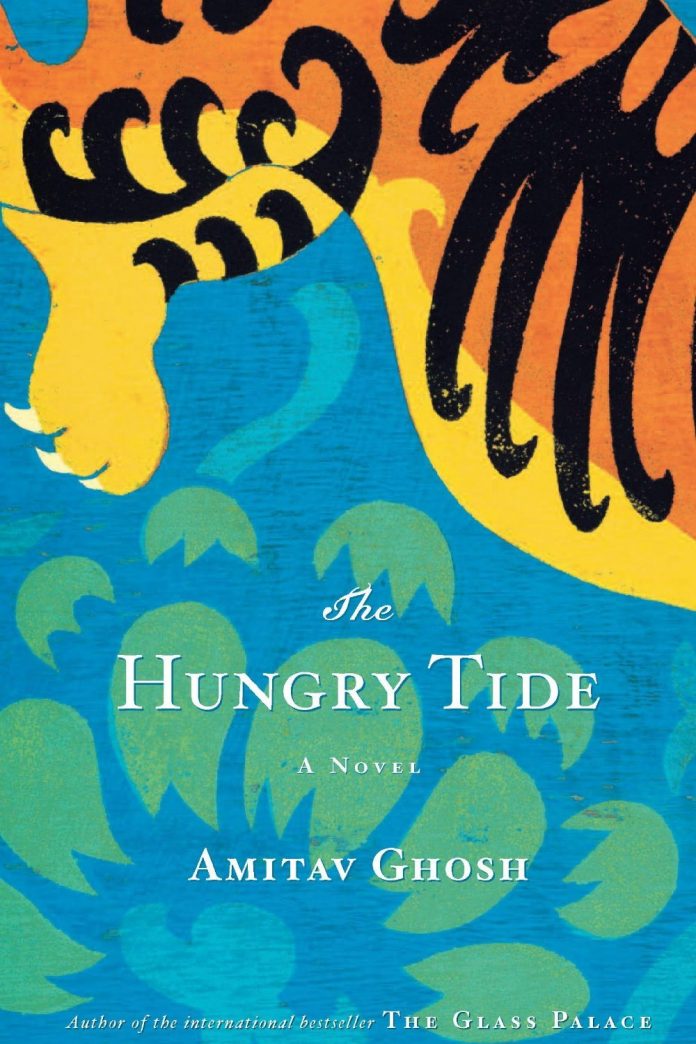By Zeeshan Husain, TwoCircles.net
Well-equipped with an eye for details in everyday life and laced with the rigour of a historian’s talent for facts, Ghosh sketches a narrative which is as much factual as emotional. It binds the reader till the last page, through vivid description of flora and fauna of Sunderbans dotted with the fine texture of human interactions.
There are tiger and crocodile attacks, and so are the assaults of poachers, and climate change. Ghosh says in an interview that novel is a complete expression of human emotion. In this completeness, one point has been missed. To my understanding, it cannot be considered as merely a slippage. This is a point which is the subject matter of the discipline social anthropology- the social aspect of human behaviour and condition. Men do not act in a vacuum, the actions are deeply embedded in social conditions prevalent. It is not that Ghosh is not aware of the social dimensions of poverty. At one place he says: Was it possible that in Morichjhãpi had been planted the seeds of what might become, if not a Dalit nation, then at least a safe haven, a place of true freedom for the country’s most oppressed? Ghosh is aware of caste-based inequality and mentions it a few times. There is also mentioning of communalism, albeit in a soft tone. At another place, he writes: She (Piya) had not thought to speculate about Fokir’s religion, but it occurred to her now that he might be Muslim.
It is here that I felt that despite being a social anthropologist by training, Ghosh has missed a larger picture about a society where I also hail from, West Bengal. A novel cannot be expected to be an exercise in understanding social problems, but it cannot close its eyes to the darker side of any society or culture. Rather, I would say, only when a problem ceases to appear as a problem, it has normalised itself and not eliminated. The issue of casteism and communalism are inextricably linked and we see its manifestation across India. The case of West Bengal or even Sundarbans is more about exploring the particularities present in the geographical boundaries than about seeing these as exceptions to the twin ailments of casteism and communalism.
One expects a bit more about the two problems considering the setting is full of travails of poor people residing in Sunderbans. Indeed two characters- schoolmaster Nirmal Bose and his wife Nilima Bose, a social worker, spent all their lives for the cause of the people in the Lusibari and areas nearby. Lusibari is the imaginary island, where the important characters reside and eke out a living fighting nature’s fury. Ghosh has not missed the mundanity of rising and fall of tides and makes it so relevant for the character Piya, a marine biologist, that even readers roll with those tides. That everydayness of caste and religion-based human suffering has been missed. One can ask- why most of the poor characters were Dalits or Muslims, while the rich and the middle class were a (Piya) Roy, or a Bose (couple). Once we acknowledge this bias in Indian society, or Bengali society our task becomes to narrate this in a novel form. Brushing aside the issues can only delay the process till the point it becomes cancerous.
This is also the point which Amartya Sen misses in his Argumentative India. Sen’s Argumentative Indian is a Hindu upper caste, a vast majority of people including both Muslim and Bahujan thinkers have been missed by him. This is not merely about misses, a slip or an act of forgetting. It is about the erasure of various bodies of thoughts by those segments of society which do not appear in the ‘national’ imagination. It is here that a conscious writer can pitch in and asks for a world which cherishes the diversity of cultures and thoughts.
Piya was rendered heartbroken after watching a baby dolphin washed ashore. It was dead. The waves of casteism and communalism also throw Dalits and Muslims out from the sea of humanity. I wish to read Amitav Ghosh more, and this time with more details on our social lives, more details on how we exclude ‘others’ and more details on why our eyes were gleaming with dreams while others were teary. I am looking forward to those novels by Amitav Ghosh. Best wishes, sir.


